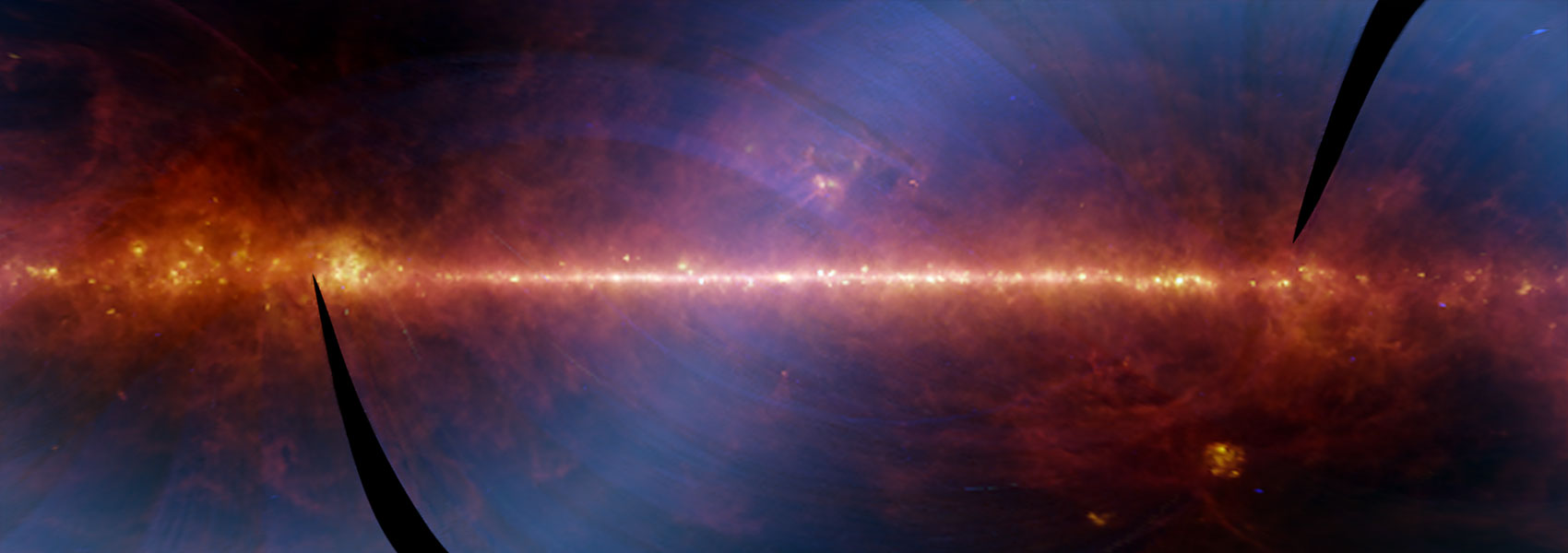December
2021
•
2021ApJ...922..114S
Authors
•
Sun, Fengwu
•
Egami, Eiichi
•
Pérez-González, Pablo G.
•
Smail, Ian
•
Caputi, Karina I.
•
Bauer, Franz E.
•
Rawle, Timothy D.
•
Fujimoto, Seiji
•
Kohno, Kotaro
•
Dudzevičiūtė, Ugnė
•
Atek, Hakim
•
Bianconi, Matteo
•
Chapman, Scott C.
•
Combes, Francoise
•
Jauzac, Mathilde
•
Jolly, Jean-Baptiste
•
Koekemoer, Anton M.
•
Magdis, Georgios E.
•
Rodighiero, Giulia
•
Rujopakarn, Wiphu
•
Schaerer, Daniel
•
Steinhardt, Charles L.
•
Van der Werf, Paul
•
Walth, Gregory L.
•
Weaver, John R.
Abstract
•
We present a Spitzer/IRAC survey of H-faint (H 160 ≳ 26.4, < 5σ) sources in 101 lensing cluster fields. Across a CANDELS/Wide-like survey area of ~648 arcmin2 (effectively ~221 arcmin2 in the source plane), we have securely discovered 53 sources in the IRAC Channel-2 band (CH2, 4.5 μm; median CH2 = 22.46 ± 0.11 AB mag) that lack robust HST/WFC3-IR F160W counterparts. The most remarkable source in our sample, namely ES-009 in the field of Abell 2813, is the brightest H-faint galaxy at 4.5 μm known so far (CH2 = 20.48 ± 0.03 AB mag). We show that the H-faint sources in our sample are massive (median M star = 1010.3±0.3 M ⊙), star-forming (median star formation rate $={100}_{-40}^{+60}$ M ⊙ yr-1), and dust-obscured (A V = 2.6 ± 0.3) galaxies around a median photometric redshift of z = 3.9 ± 0.4. The stellar continua of 14 H-faint galaxies can be resolved in the CH2 band, suggesting a median circularized effective radius (R e,circ; lensing corrected) of 1.9 ± 0.2 kpc and <1.5 kpc for the resolved and whole samples, respectively. This is consistent with the sizes of massive unobscured galaxies at z ~ 4, indicating that H-faint galaxies represent the dusty tail of the distribution of a wider galaxy population. Comparing with the ALMA dust continuum sizes of similar galaxies reported previously, we conclude that the heavy dust obscuration in H-faint galaxies is related to the compactness of both stellar and dust continua (R e,circ ~ 1 kpc). These H-faint galaxies make up ${16}_{-7}^{+13}$ % of the galaxies in the stellar-mass range of 1010 - 1011.2 M ⊙ at z = 3 ~ 5, contributing to ${8}_{-4}^{+8}$ % of the cosmic star formation rate density in this epoch and likely tracing the early phase of massive galaxy formation.
Links




